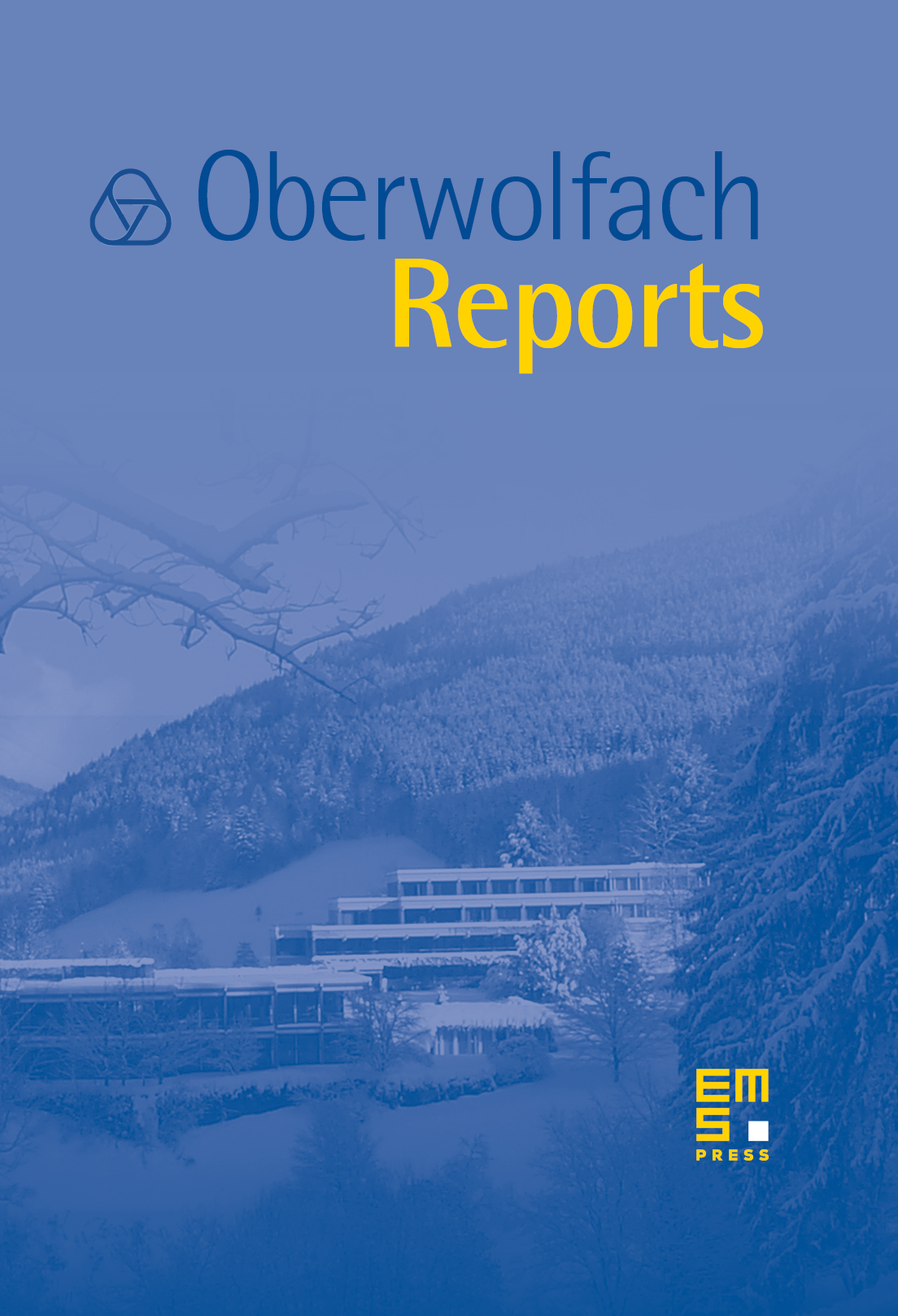Cohomology of Finite Groups: Interactions and Applications
Alejandro Adem
The University of British Columbia, Vancouver, CanadaJon F. Carlson
University of Georgia, Athens, United StatesHans-Werner Henn
Université de Strasbourg, France

Abstract
The aim of this meeting was to bring together people from different fields in which the cohomology of finite groups is an important tool. Several such meetings have taken place in the past (for example at Oberwolfach in 2000) and they have contributed substantially to the development of interactions between such fields, in particular between commutative algebra, homological algebra, homotopy theory, modular representation theory and transformation groups. \smallskip The meeting was attended by 54 participants from about a dozen countries. There were talks of various length. Several of them were directly concerned with the cohomology of finite groups, but beyond that there were talks in which the relation of the cohomology of finite groups with other topics was emphasized: among them talks on the cohomology of infinite groups, of quantum groups and of local rings, on functor cohomology, on transformation groups and -compact groups, on homological algebra and triangulated categories, on endotrivial modules in modular representation theory and on the Alperin conjecture as well as on -theory, on invariant theory, on commutative algebra and relations to stable homotopy theory. \smallskip The schedule allowed for enough time for extensive and lively interactions between the participants. Besides the traditional and popular Wednesday afternoon hike (during a week with an exceptionally nice weather) an excellent concert was organized on Thursday evening by some of the participants of the conference. As always the very pleasant and stimulating atmosphere at the institute contributed to make this a very successful meeting.
Cite this article
Alejandro Adem, Jon F. Carlson, Hans-Werner Henn, Cohomology of Finite Groups: Interactions and Applications. Oberwolfach Rep. 2 (2005), no. 3, pp. 2375–2434
DOI 10.4171/OWR/2005/42